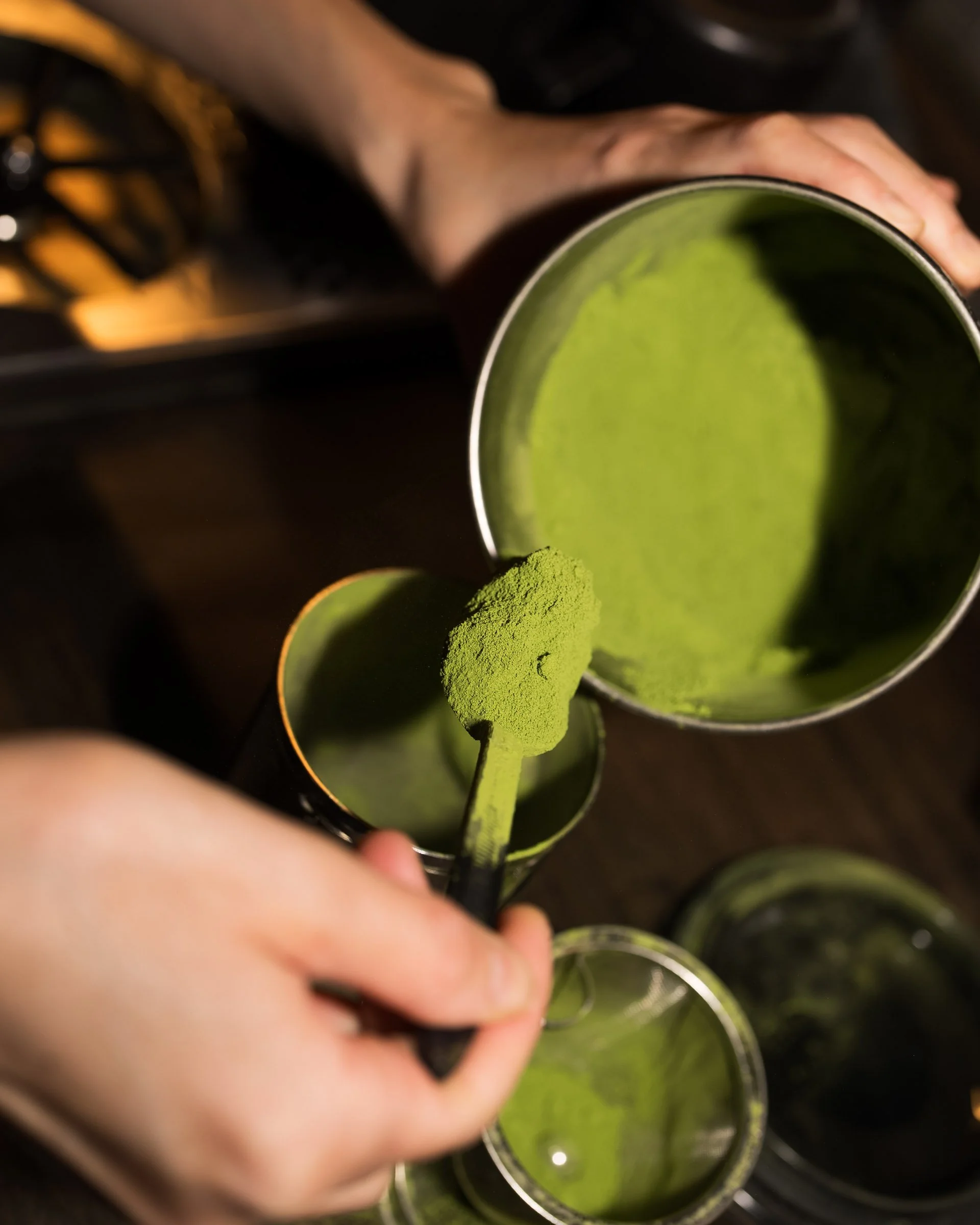Matcha Industry Report - SeptembEr 2025
Matcha Industry Report is Ooika's monthly coverage of the Japanese tea industry, specifically Matcha. Join our newsletter here to keep up to date.
Autumn–Winter Harvest
Some producers across Japan are wrapping up their Autumn–Winter Harvest. Tea from this harvest can be called “Akiten.” This Japanese tea is made from leaves harvested in the latter half of the year, following the spring first and second flushes.
Compared to first and second flush teas, the leaves are slightly larger, with a more subdued color and aroma. The tea has a mild bitterness and a gentle, mellow flavor. Akiten is an important component for lower-cost teas.
Shizuoka - Record Price Surge in 2025
On September 26, 2025, the Shizuoka Tea Market in Aoi Ward, Shizuoka City, received the first lot of prefectural autumn–winter Bancha, totaling approximately 1,700 kg from Fuji and Numazu.
All of the tea was standard-shaped, and the quality was on par with previous years. The entire lot went to auction and was sold at a record-high price of 1,380 yen per kilogram. This represents roughly a fourfold increase from the previous year, prompting buyers to remark, “This is just too expensive.”
This season, overall tea production declined due to farm closures and a shift toward producing tencha for matcha, resulting in a shortage of leaves for Sencha. At the same time, demand for PET bottle tea raw materials increased, causing the unit price of second-flush tea from Shizuoka Prefecture to nearly double to around 1,200 yen per kilogram.
Bancha from Kagoshima
On the morning of October 23, 2025, bidding took place for Akifuyu Bancha tea at a tea market in Kagoshima Prefecture. Akifuyu Bancha tea is picked in October and typically trades for an average of 300 to 400 yen per kilogram. However, in 2025, the price is five to seven times higher. The trading price on the 23rd exceeded 2,800 yen.
Tea Industry Bankruptcies and Closures (Jan–Jul 2025)
According to a survey conducted by Teikoku Databank on trends in bankruptcies, business closures, and dissolutions among tea manufacturers, the total number of cases between January and July 2025 reached 11 (10 closures and 1 bankruptcy involving liabilities of over 10 million yen under legal liquidation).
・Trend: Already exceeds the 2024 total of 10 cases; projected to reach a record high
・Key driver: Domestic and international “matcha boom,” including inbound tourism, has unexpectedly impacted small and medium-sized tea manufacturers
The market is experiencing accelerating polarization, with well-capitalized or vertically integrated producers benefiting, while smaller operators face increasing financial pressure
AI Statement No AI was used in the creation of this content. All Ooika articles, content, emails and more are written and reviewed by real people.





Learn what’s happening in the world of Japanese Matcha with Ooika’s Matcha Industry Report from October 2025.